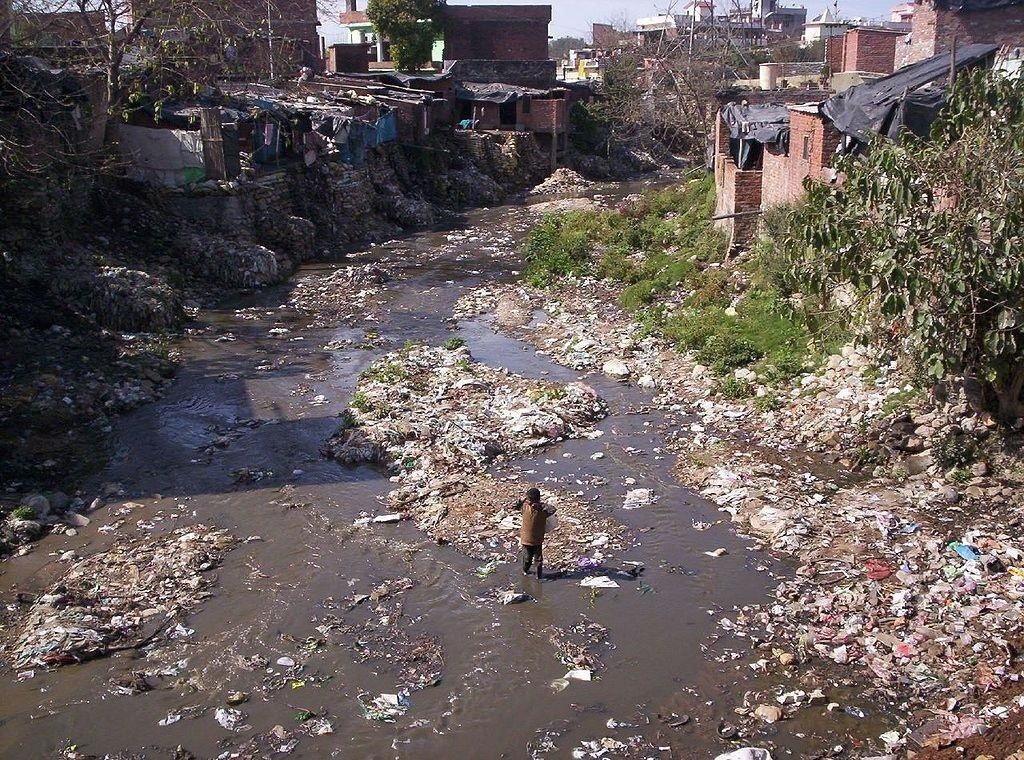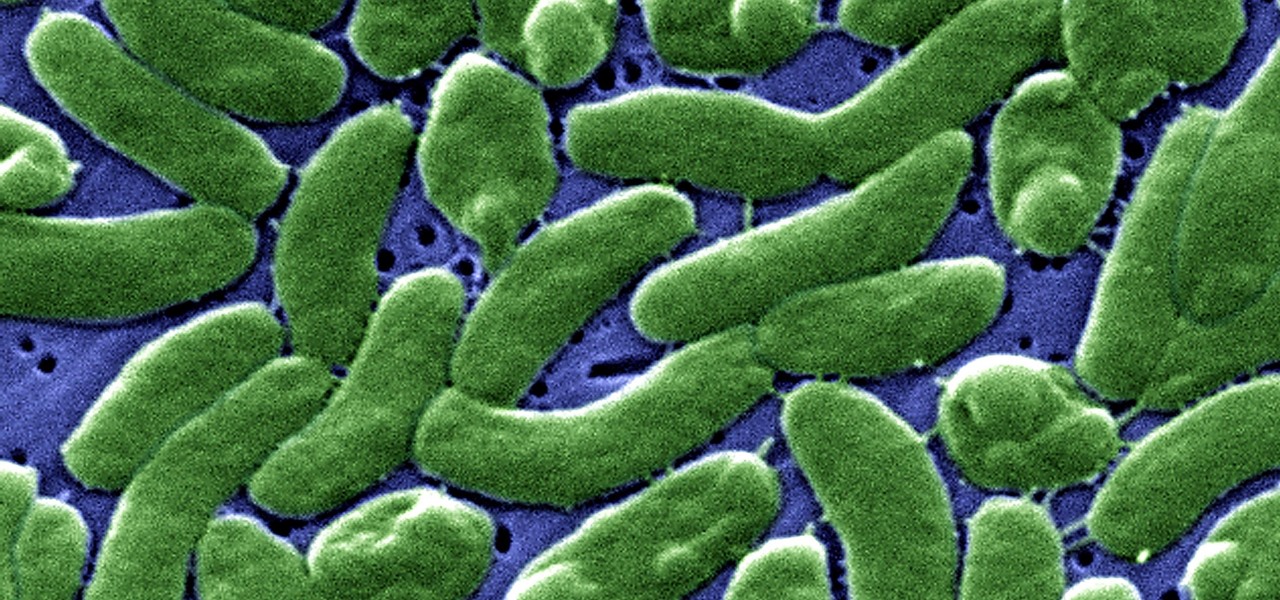Cholera may be rare in the US, but cases of the disease have increased worldwide since 2005, particularly in Africa, southeast Asia, and Haiti. An estimated 3 to 5 million people are infected, and more than 100,000 die from the disease globally each year, mostly from dehydration.
Caused by the Vibrio cholerae bacteria, about 10% of people infected will experience severe vomiting and diarrhea. Some of those people die within hours. Infection is usually spread through consumption of food or water contaminated with cholera-containing feces.
V. cholerae is a serious health threat in countries without adequate sanitation, sewage processing, or water purification facilities. It can also occur in war zones and after natural disasters.

The simple treatment involves replacement of sugars, salts, and fluid lost through vomiting and diarrhea. However, in countries where clean water is scarce, this isn't such a simple remedy.
Some bacteria are round, some are rod-shaped, and some are spiral or comma-shaped, like Vibrios. Scientists don't take anything for granted and their inquiring minds led a group of researchers to investigate what causes Vibrio's curved shape and whether the shape affects the ability of this bacteria to penetrate the gut and cause such devastation.
The findings were published in the January 12, 2017, issue of Cell, with the research led by Zemer Gitai from the Department of Molecular Biology at Princeton University.
Penetrating the Gut's Usual Protective Mechanisms
The researchers built on previous work done by Gitai at Princeton University. That work, published in 2014, found how the curvature of Caulobacter crescentus helped the bacteria fight currents in waterways where they live and grow.
In the new study, the investigators discovered a protein that helps V. cholerae curve and named it CrvA. They found that this protein forms filaments on the inner curve of the bacterial cell wall that become a hard polymer, stopping growth on that side of the bacteria and causing it to bend inward.

Even more interesting is that the team found the curvature responds to certain signals. The bacteria curved more when there were more bacteria present. The results meant that somehow the bacteria could sense when they had what the researchers called a "quorum," and the expression of CrvA protein was activated by a quorum and was greater when more bacteria were present—the more bacteria, the more curving.
Conducting experiments in the lab using a thick mucus-like matrix, the team found that the more curved the bacteria were, the easier they could move through the mucus matrix. When the investigators infected mice with V. cholerae engineered to lack CrvA or the bacteria with CrvA, they found that the curvature of the bacteria with CrvA enabled them to penetrate the thick protective mucosal lining of the intestine and infect the cells.

We know that if V. cholerae can't be curved, it can't make animals as sick. That suggests that if we can prevent them from becoming curved, that would limit their ability to make people sick. How to do that still needs to be figured out.
Knowing the Bacteria Can Change Shape Is Cool, but How Can I Avoid Getting It?
If you live in the US, this is one infection you don't have to worry about, but the CDC has issued guidance for people visiting or living in areas where cholera is occurring or has occurred:
- Drink only bottled, boiled, or chemically treated water and bottled or canned carbonated beverages.
- Use bottled, boiled, or chemically treated water to wash dishes, brush your teeth, wash and prepare food, or make ice. Avoid tap water, fountain drinks, and ice cubes.
- Wash your hands often with soap and clean water, especially before you eat or prepare food and after using the bathroom.
- Eat foods that are packaged or that are freshly cooked and served hot.
- Dispose of feces in a sanitary manner to prevent contamination of water and food sources.
The FDA recently approved an oral cholera vaccine called Vaxchora for adults 18 to 64 years old. It is for use by people traveling to an area where the very toxic, active cholera V. cholerae O1 is present. Despite release of this vaccine, the FDA has reminded travelers that the vaccine is not 100% effective and infection control measures—such as those described above, should still be taken.
But, if researchers can figure out how to prevent vibrio cholera from shape-shifting, they just might be able to stop its rampant infectivity.
Just updated your iPhone? You'll find new emoji, enhanced security, podcast transcripts, Apple Cash virtual numbers, and other useful features. There are even new additions hidden within Safari. Find out what's new and changed on your iPhone with the iOS 17.4 update.


























Be the First to Comment
Share Your Thoughts